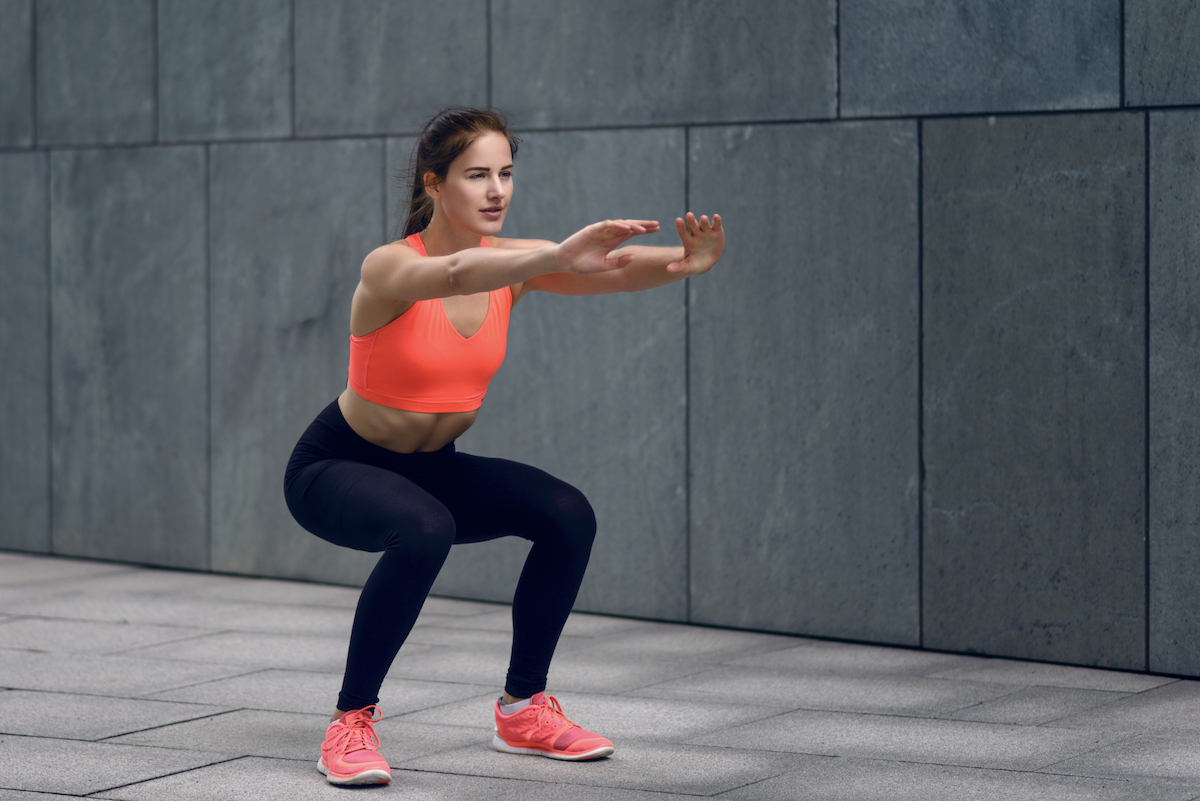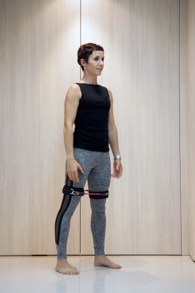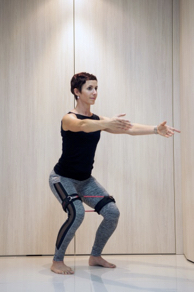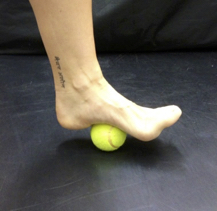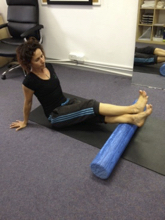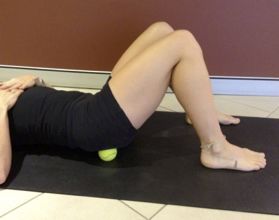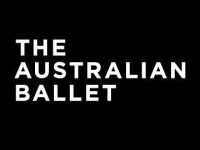The Importance of a Basic Move…
The Squat!
by Sally Harrison, Perfect Form Physiotherapy
The squat is one of the basic primal movement patterns. It forms the basis of so many movements in our daily life such as sitting on a chair, into the car, on the toilet, picking things up … and the list goes on.
As with most exercises, however, non-optimal form can lead to injury.
So what can go wrong?
When looking at the squat some of the problems that we see are:
- Pelvis tucked under leading to a flexed spine and the hips placed forward in their sockets. This can irritate both the discs, spinal ligaments and the front of the hip capsule.
- Rotation of the pelvis to the right or left during movement. This can lead to the knees being loaded asymmetrically and excess pressure on the spinal facet joints and discs.
- Hike of the pelvis. Again this leads to the spine being flexed but to the side so you see closing on one side and opening on the other.
- Knees dropping in too much. This puts pressure on the inside structures of the knees.
- Knees opening too much which leads to a rigid foot and loss of energy transfer through the lower limbs.
- Over recruitment of the glutes both going down and especially at the end of the motion. This promotes posterior/backwards tilt of the pelvis and again pushes the hips forward in the sockets. We want to ‘load’ the glutes by simply tilting the pelvis forward.
- One foot tilts inwards. This leads to the knee and thigh adducting (moving in), which again puts pressure on the inside of the knee and causes a rotation or hike of the pelvis.
The band around the thighs in this picture (left) helps to guide the knees forward over the toes and facilitates the use of the lateral hip muscles = pelvis control.
So what do we want to look for as we do a squat?
- Pivot and hinge through the hip joints. Imagine that you have a long rod running from one hip to the other and this is the axis of movement.
- Maintain a long spine. The back should maintain its natural curves and stay relatively upright.
- Knees forward over the feet. As each body is different we shouldn’t think of the knee over a certain toe, the 2nd for example. As we squat the knees will adduct (come together) naturally as the feet pronate. Excessive pronation and adduction can be an issue but the knees will travel towards the 1st toe with good form.
- Bend deeply into the hip sockets. We want to avoid gripping at the front of the hips, instead creating a soft fold, deepening into the hips sockets. The cue of ‘wide sitting bone’ can really help here to allow the hips to travel back.
- Weight mid foot. Although glut max activation can be linked to more pressure through the heels we want our body weight to run through the centre of the foot. This allows better loading of the extensors of the lower limb, therefore giving us more power to return.
- Core ! And of course some mild activation of our core or inner unit! The degree of activation will vary throughout the movement.
What can we do prior to help?
- Ball releases for the back of the hip. This can be done lying down or up against a wall. We need to create ‘space’ at the back of the hips so that the femoral head (ball) can glide back effectively into the socket. We want to avoid gripping at the front of the hips. Think of melting around the ball and avoid rolling vigorously.
- Foam roller releases for the front of ankle. Opening the front of the ankle by very slowly and gently rolling over a roller can allow more bend into the ankle, therefore allowing a deeper squat.
- Ball releases for the underside of the foot. The more the foot can open and effectively pronate the deeper the squat, and also the more power to get out of the squat again.
- Ball/foam roller releases for the back of the calf. This area has direct impact on the available movement of the ankle, and therefore depth of squat.
**Remember to get good consistent quality before adding load such as weights.

